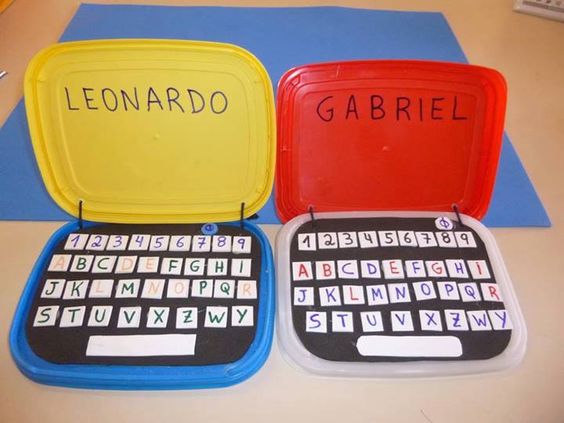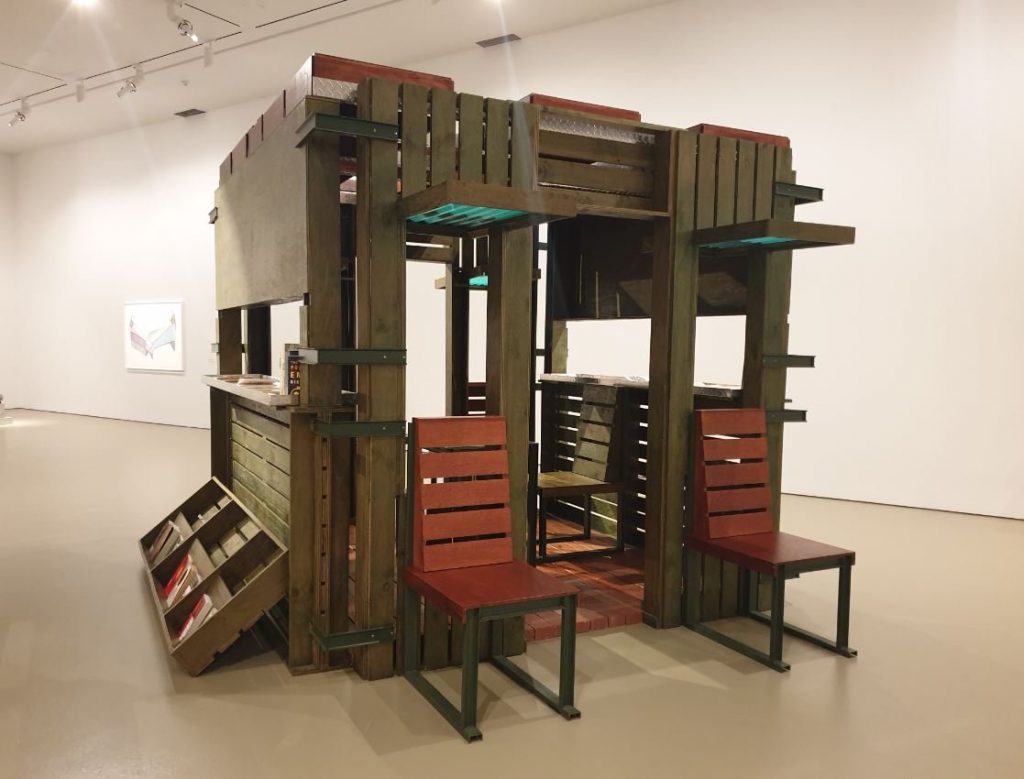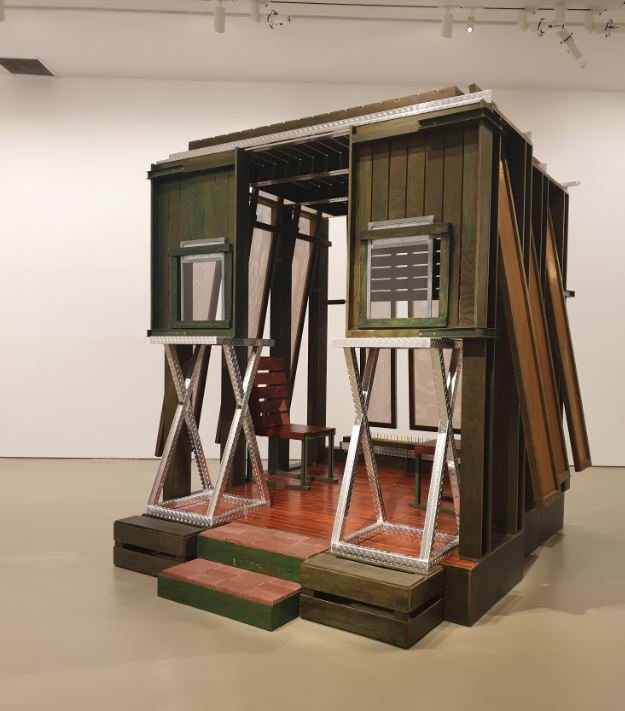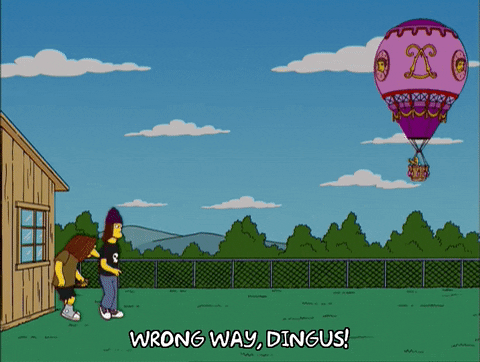For my final project, I decided to stick to working with foley, but this time with a plot twist. After the mid-sem presentation and some consultations and discussions, here’s the project idea I’ve decided to work on:
Sweet and Savoury
Main goal: A sense of discovery in a surreal experience
- Sound association: Creating sounds with objects and immediately associating them to each other respectively.
- Surreal experience: The uncanny feeling when the sound first associated with an object is now being associated to an entirely different object/action.
Sound Research
There are many objects that can be used to make sounds similar to other objects/actions. However, I had to make sure the objects I chose can come together to create a logical scene (e.g: cooking, gardening, etc.), especially since I was planning to portray two different scenes in my installation.
Here are some references and examples I found for foley sounds:
What Was That? The Top 15 Foley SFX From Everyday Household Objects
Cracking bones; snapping celery/carrot
Flapping wings; waving leather gloves
Body punches; hitting a thick book
Fire crackling; cellophane, chips bag, steel wool
Stack of cash; deck of cards
metal blinds; measuring tape
Grass footsteps; shaking shredded newspaper in plastic bag
Egg cracking; breaking ice cream cone
Water showering; dropping rice
The foley sound effects I found were really interesting, but I was having trouble creating a scene where the items make sense together. It was easier in my mid-sem project, The Study Room, where the objects on the foley side did not need to make sense together and only needed to create sounds that resemble those in the study room side.
At this point, I found that food had a lot of potential to make interesting variety of foley sounds, so I decided to go with the theme of cooking. This is when I began listening to cooking ASMR videos. I would play them but only listen to the video, allowing my imagination to help me associate the sounds to different objects. I also started testing out sounds myself with different fruits and food items and found that they can be rather gore sounding. This is when I thought of the ‘Sweet and Savoury’ concept; one scene will be making an innocent, sweet snack, while the other will be the preparation of a savoury meal with a plot twist (for shock factor).
After researching and running several tests, these were the objects I decided to put together to form each scene:
{Sweet}
- pomegranate (tearing apart and removing seeds = ripping fingers off hand)
- grapefruit (tearing apart and juicing by hand = squishy meat/guts sounds)
- chocolate bar/wafer (snapping in half = breaking thin finger bones)
- pop rocks (fizzing and popping = sizzling of oil in pan when meat is added)
{Savoury}
- (fake) human hand
- minced meat/patty
- oil in pan
Setup
Equipment:
- Audio recorder
- Speakers
- Foley objects
- Props for scenes
- table
- Cloth divider
Layout sketch:

Setup planning:

Preparation of actual setup:

Sweet (foley side).

Savoury (observation side).

Speakers and recorder setup (hidden inside the cloth divider).

Side view of speakers and recorder setup (the cloth at the side of the divider can part, allowing me to reach through to control the equipment inside).
Flow of events:
- Participant is seated in front of the sweet setup (foley side) and briefed on the ‘cooking’ instructions
- Once they are ready to begin ‘cooking’, the recording will start and will only end when they are done with the entire foley process.
- Participants will then move over to sit in front of the savoury setup (observation side), where the recorded audio will be played back for them to hear as they observe the new setting before them.
Intended result:
- Participants will follow the ‘cooking’ instructions given and create the foley sounds.
- The sounds they make will be strongly associated to what they see as they go about the foley process.
- Upon hearing the recording play back when they are seated at the savoury side, they will have a surreal experience as they start associating the sounds they once made to entirely different objects.
- Through pairing the familiar audio with a new visual setup, the participant will be somewhat tricked into feel as though they were the one who made the gore scene before them, creating a surreal experience.













































